Arte Cocoa Butter Colouring: The Professional's Secret to Excellent Colour Mastery
Colour is not just an accent, it's a powerful medium that can transform a simple dessert into a captivating work of art.
3 min read
Feb 7, 2023 2:27:42 PM
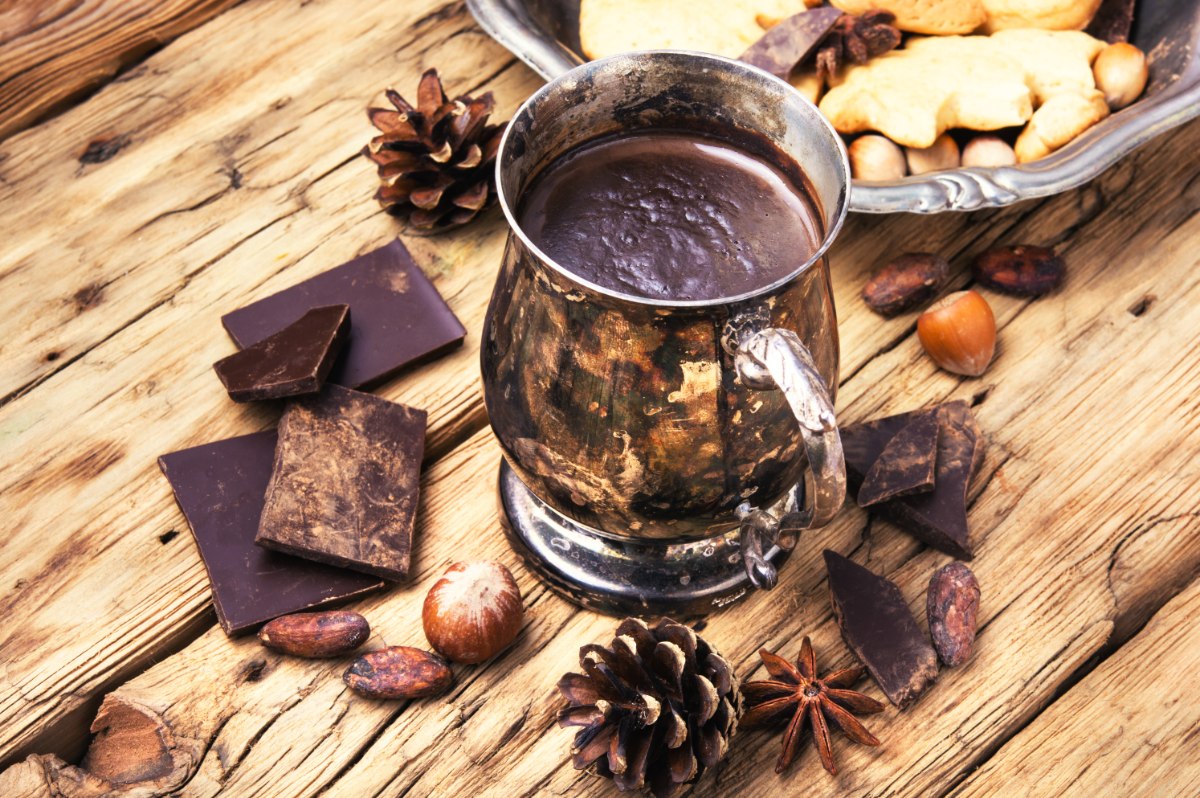
Burning your chocolate is a chocolatier’s worst nightmare. Heat it too much or leave your chocolate for too long, and you may need to throw all your chocolate away.
What temperature does chocolate burn? And how do you avoid it from burning? Read on to know more.
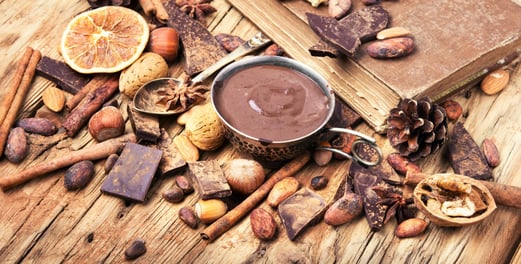
Different types of chocolate have different temperature limits.
Dark chocolate can stand 50-55 degrees Celsius at most, while milk chocolate and white chocolate can only withstand heat up to 45-50 degrees Celsius.
Why is the temperature limit different between dark chocolate and other types of chocolate?
Milk and white chocolate contain an added ingredient, namely powdered milk. The addition of this ingredient affects the chocolate’s properties, lowering the temperature limit.
Since chocolate has a melting point just below our body temperature (at around 34 degrees Celsius) due to its cocoa butter content, it’s easy to melt, and consequently also easy to burn.
Read more: 7 Quick and Easy Chocolate Cupcake Decorations
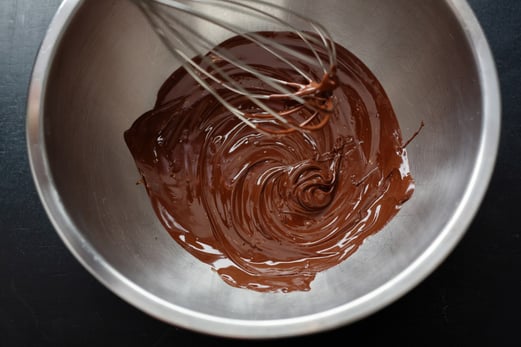
When chocolate starts to burn, the changes might be so subtle that you might not always realize if your chocolate has burned. Here are several characteristics of burnt chocolate that you need to know.
When chocolate is burnt, the smooth, liquid texture becomes thick and lumpy. The particles of the chocolate’s ingredients will also separate and the sugar caramelize, making the chocolate grainy and sandy.
Like all burnt foodstuff, overheated chocolate will smell smoky, burnt and bitter. Especially with milk and white chocolate, the caramelization of milk fat and sugars will also make the chocolate smell like caramel.
You may not realize the color difference in burnt dark or milk chocolate, but with white chocolate, the ivory or yellowish color will turn even more yellow due to the caramelized milk fats and sugars.
Accompanying the changed texture and aroma, the chocolate will taste burnt or charred.
Read more: Why Do You Need To Temper Chocolate? What Does It Do?
Unfortunately, carbonization (the process of burning chocolate) is irreversible. The same goes for other burnt foodstuffs like burnt caramel or meat.
Our chefs would recommend you to scrape the burnt part away if you can and throw it away. You may be able to fix the texture of the chocolate with our tips below, but the compromised taste and aroma cannot be fixed as easily. If you have burnt your chocolate and cannot tolerate the changed flavor, the best thing to do is start over. Or better, prevent your chocolate from burning.
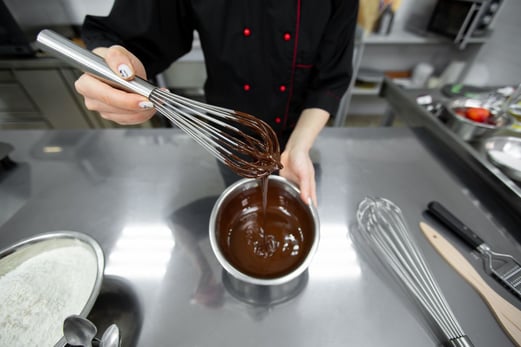
Here are 4 tips that you can do to prevent overheating your chocolate.
If you are using block chocolate, chop them into small pieces before melting them. That way, the chocolate will melt evenly. If you melt the block of chocolate right away, the part that gets in contact with the pan is sure to burn first, while the rest of the chocolate hasn’t melted.
Alternatively, you can also use chocolate coins, buttons, or wafers, which already come in an easy-to-melt form. That way, you don’t need to spend time and effort to cut kilograms of chocolate.
If you are using the microwave method to melt chocolate, be sure to use half the maximum power and microwave the chocolate in 20-30 second intervals at most. In between the intervals, stir the chocolate evenly.
With microwaves, it’s best to be safe than sorry. Lower power and short time intervals enable you to check your chocolate more regularly. When the chocolate has almost melted completely, take it out and stir until all the chocolate is melted.
With the bain-marie, what you need to keep in mind is that we are using heat from the steam to melt our chocolate. The water does not even need to boil to be able to let out steam and heat the chocolate. Keep your water hot and steaming, but not boiling. Additionally, make sure to stir the chocolate every now and then to melt it evenly.
While we’re at it, make sure that the chocolate does not get in contact with water! Water is chocolate’s number one enemy. When it gets in contact with water, the chocolate will turn grainy and lumpy, which is just as complicated to solve as burned chocolate.
Melting chocolate with a melter is much easier. Just be sure that you set the temperature correctly (around 30-32 degrees Celsius is what our chefs recommend if you want to use the chocolate the next
Read more: What Chocolate Melts the Fastest?
Burnt chocolate is pretty difficult to fix, but if you notice it early, there might still be ways you can fix it.
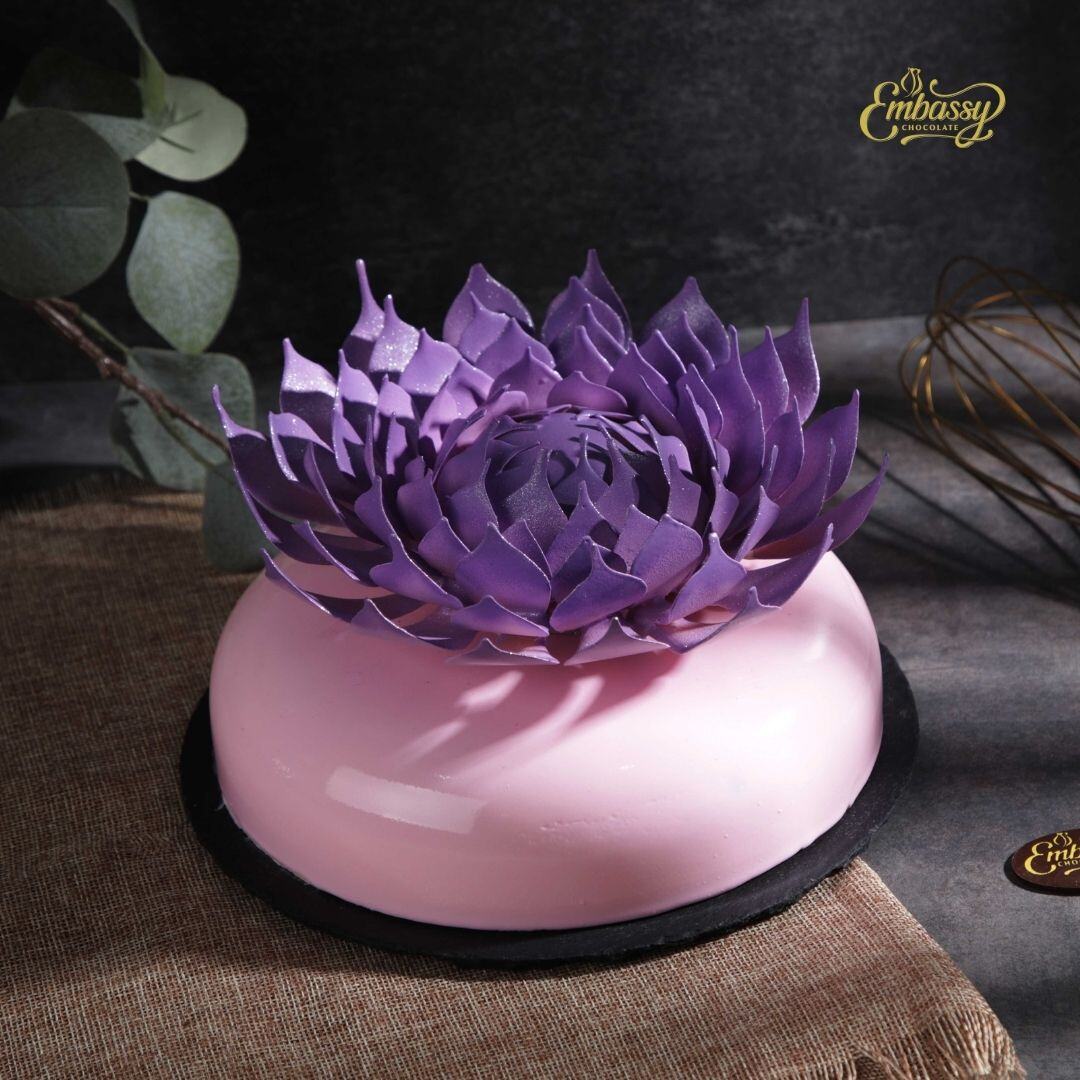
Colour is not just an accent, it's a powerful medium that can transform a simple dessert into a captivating work of art.
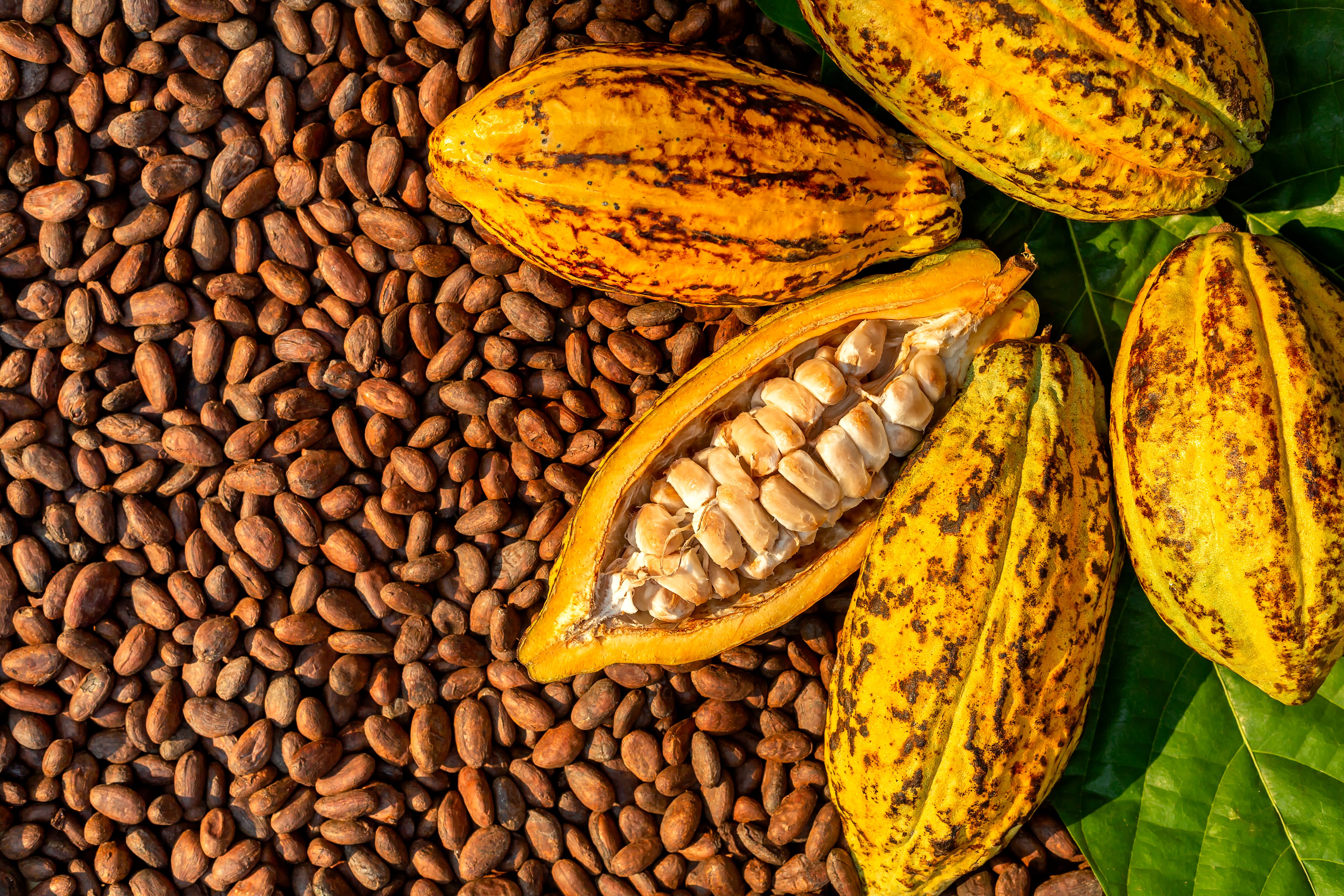
Chocolate, a beloved treat enjoyed by millions worldwide, is facing a bitter truth: the steady rise in cocoa bean prices due to disease outbreaks and...
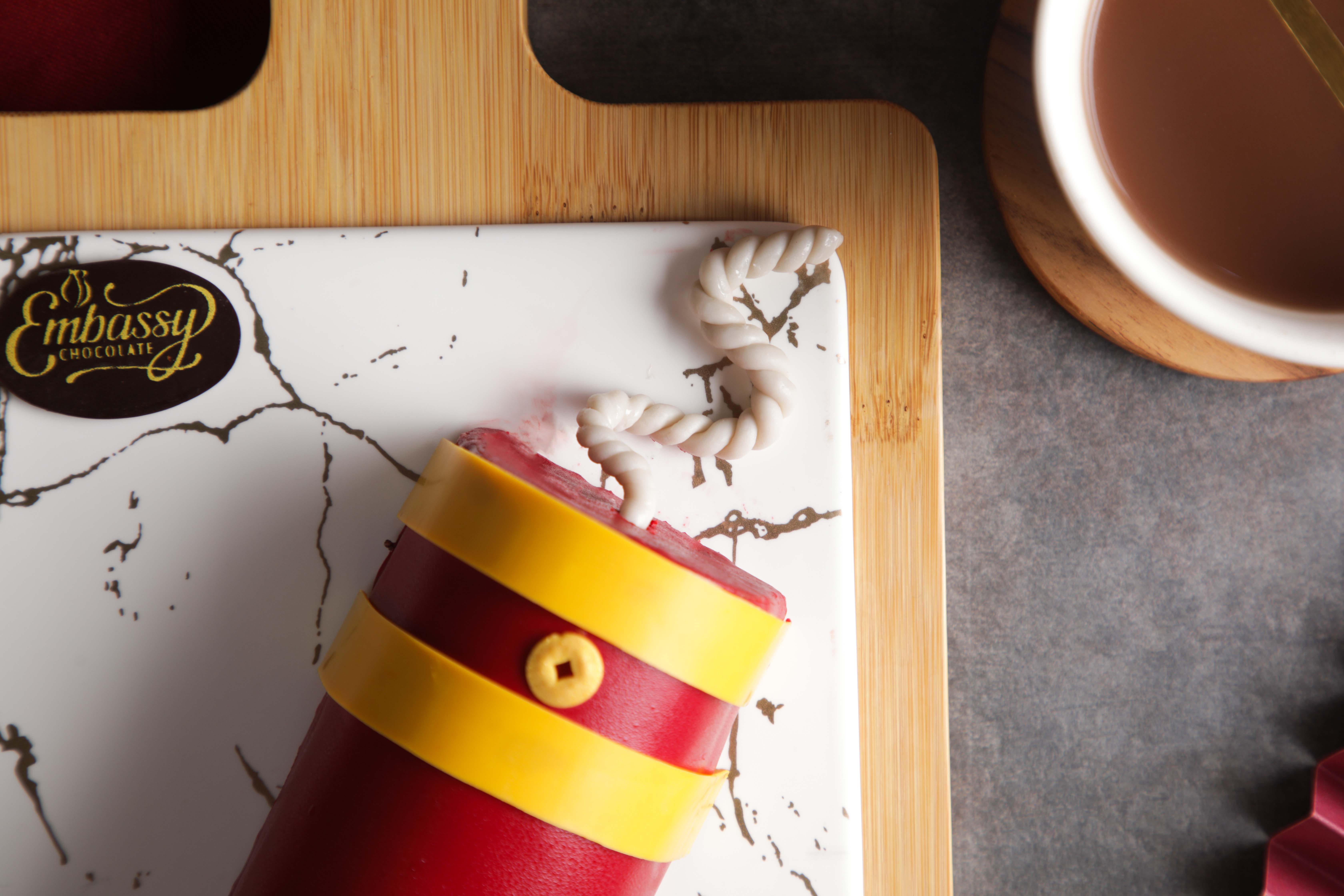
Set the Lunar New Year ablaze with our Firecracker Chocolate Roll Cake! Experience layers of rich chocolate with a hint of fiery excitement,...